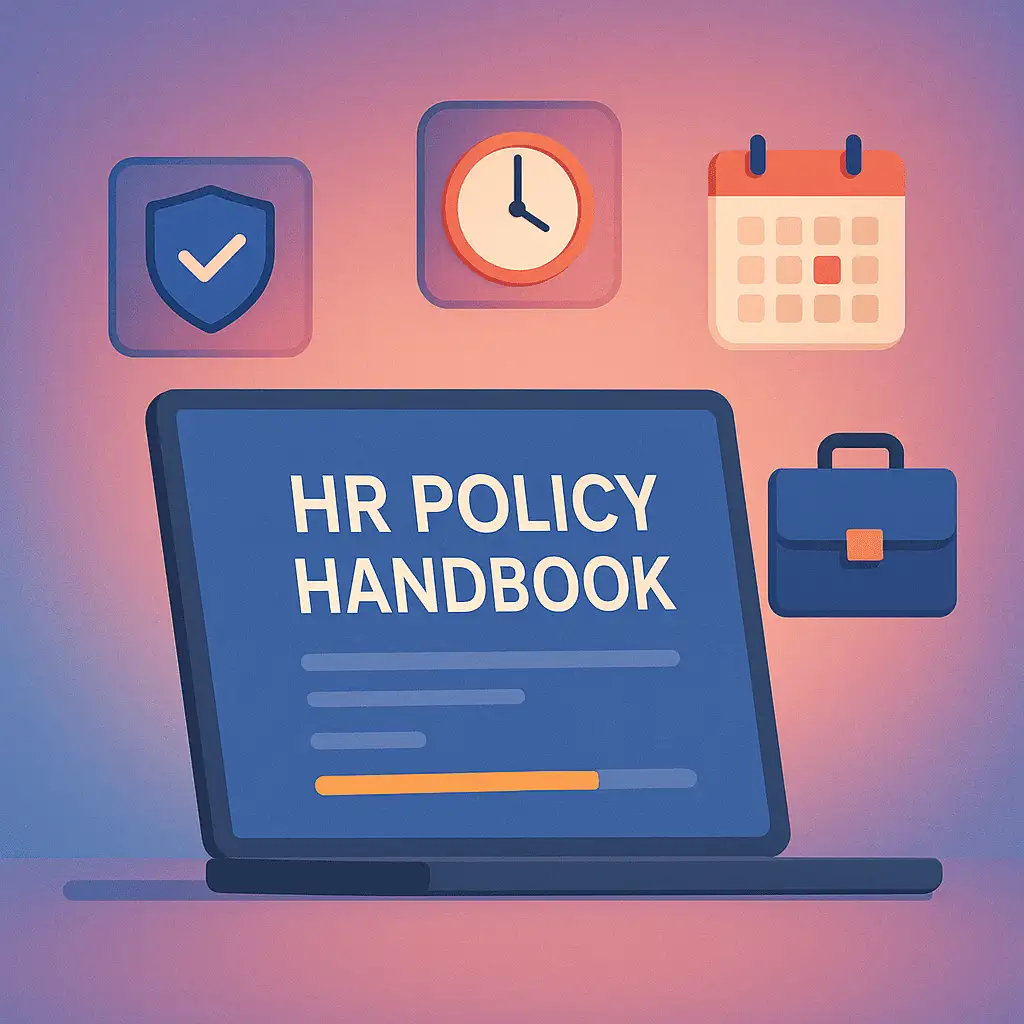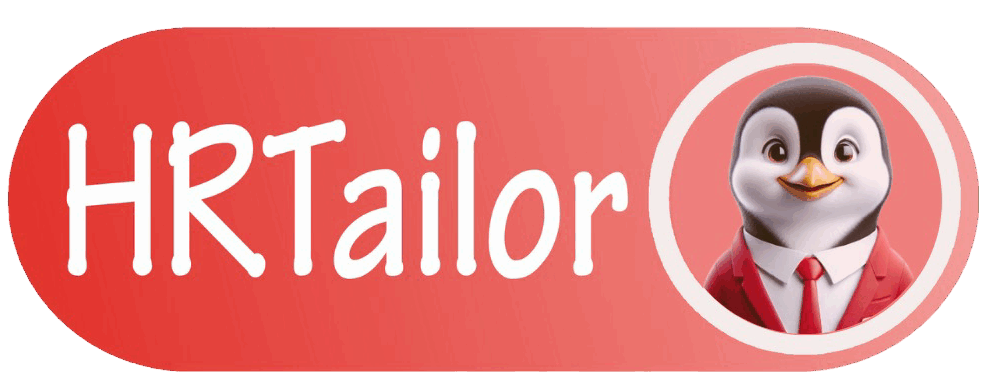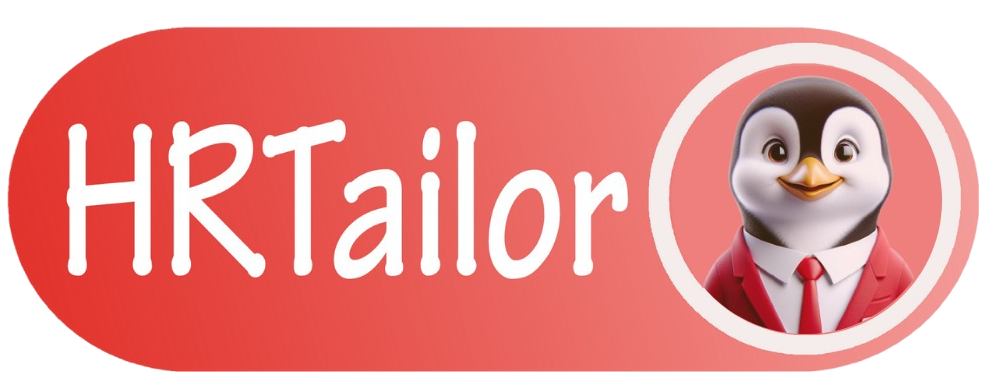
Building HR Policies That Actually Work for Remote and Distributed Teams
The way we work has changed, and so must the way we manage people. With a growing number of companies shifting toward remote-first or hybrid models, traditional HR structures are often not enough. In fact, rigid frameworks that worked well in physical offices can now become bottlenecks in distributed environments.
To keep teams connected, productive, and compliant—HR policies need to be reimagined with flexibility and clarity at their core.
Why Traditional HR Policies No Longer Fit
Office-centric HR models typically rely on in-person monitoring, attendance logs, and predefined working hours. However, distributed teams thrive on autonomy and outcome-based performance. When policies don’t reflect that shift, they create confusion, disengagement, and even compliance risks. Therefore, adapting your HR policies is not just a nice-to-have—it’s foundational to employee experience and operational continuity.
1. Define Remote Work Expectations Clearly
Start with outlining what remote work means in your organization. Are employees expected to log in at specific times? How are breaks tracked? Who approves flexible hours? By proactively answering these questions, you set realistic expectations and help managers lead with consistency, especially across different time zones or roles.
2. Rethink Leave and Attendance Management
In a distributed setup, casual leave and time-off policies must be designed with transparency. Self-service leave tools, automated attendance tracking, and well-structured approval workflows ensure that teams don’t lose sight of work-life balance—or business priorities. Additionally, updating HR policies to reflect global public holidays or cultural norms helps foster inclusivity across geographies.
3. Focus on Communication Protocols
Without the hallway chats and quick check-ins, communication can easily break down. That’s why modern HR policies should include preferred platforms (Slack, Teams, Zoom), expected response times, and rules around after-hours contact. This keeps collaboration structured without overloading employees.
4. Build Compliance Into Remote Workflows
Whether it’s data security, employment contracts, or tax obligations, remote work opens up a fresh set of compliance challenges. Policies must reflect rules around device usage, data access, and local labor laws if your team operates from multiple regions. Not updating these leaves your business vulnerable during audits—or worse, legal disputes.
5. Promote Health, Wellbeing, and Inclusivity
Mental health support, ergonomic workspace allowances, and wellness programs are no longer perks—they’re essentials. A good remote-ready HR policy includes guidance on digital wellbeing, burnout prevention, and access to counseling if needed.
Inclusivity is also key. Consider how your policies represent diverse employee needs, regardless of location or ability.
6. Measure What Matters and Adapt
Effective HR isn’t just about setting rules—it’s about evolving them. Use feedback loops, pulse surveys, and exit interviews to evaluate how well your HR policies are working for remote employees. Don’t hesitate to refine as you go. Flexibility is not a flaw—it’s a feature of modern HR design.
Lorem ipsum dolor sit amet, consectetur adipiscing elit. Ut elit tellus, luctus nec ullamcorper mattis, pulvinar dapibus leo.
How the Right Support Strengthens Your HR Policies
Creating HR policies for distributed teams doesn’t have to be complicated. The right support—whether through well-structured templates, digital systems, or expert guidance—can simplify the process and reduce guesswork.
Many forward-looking companies today lean on specialized HR partners who understand the nuances of remote-first work. Solutions like those offered by HRTailor provide the structure and clarity needed to scale policies with confidence—without slowing the business down.
Because when your HR foundation is strong, everything else works better.

